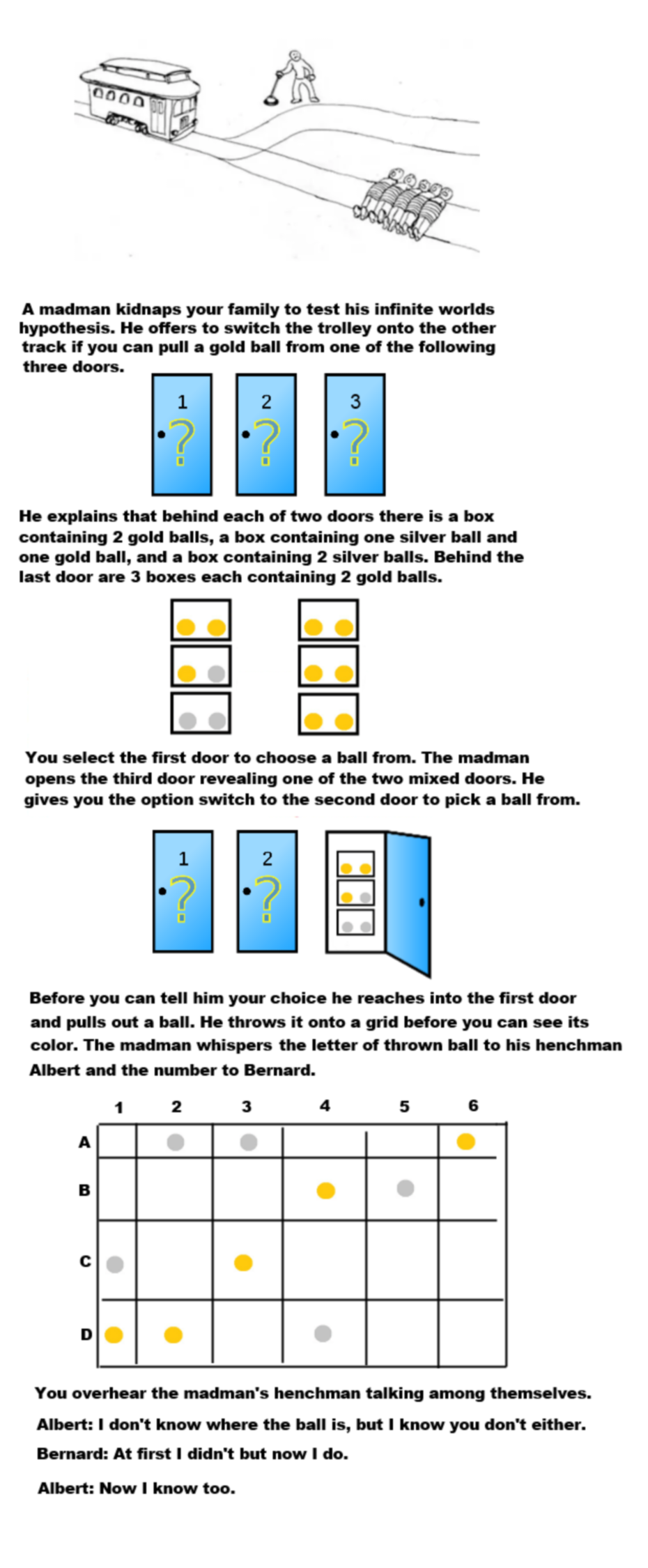this post was submitted on 25 Jun 2025
146 points (93.5% liked)
Science Memes
15417 readers
1578 users here now
Welcome to c/science_memes @ Mander.xyz!
A place for majestic STEMLORD peacocking, as well as memes about the realities of working in a lab.

Rules
- Don't throw mud. Behave like an intellectual and remember the human.
- Keep it rooted (on topic).
- No spam.
- Infographics welcome, get schooled.
This is a science community. We use the Dawkins definition of meme.
Research Committee
Other Mander Communities
Science and Research
Biology and Life Sciences
- [email protected]
- [email protected]
- [email protected]
- [email protected]
- [email protected]
- [email protected]
- [email protected]
- [email protected]
- [email protected]
- [email protected]
- [email protected]
- [email protected]
- [email protected]
- [email protected]
- [email protected]
- [email protected]
- [email protected]
- [email protected]
- [email protected]
- [email protected]
- [email protected]
- [email protected]
- [email protected]
- [email protected]
- !reptiles and [email protected]
Physical Sciences
- [email protected]
- [email protected]
- [email protected]
- [email protected]
- [email protected]
- [email protected]
- [email protected]
- [email protected]
- [email protected]
Humanities and Social Sciences
Practical and Applied Sciences
- !exercise-and [email protected]
- [email protected]
- !self [email protected]
- [email protected]
- [email protected]
- [email protected]
Memes
Miscellaneous
founded 2 years ago
MODERATORS
you are viewing a single comment's thread
view the rest of the comments
view the rest of the comments

I think the ball is at C3.
Albert knows that Bernard doesn't know where it is exactly, that means the ball can't be in the first two rows, because if it was that would mean there's a chance for the ball to be in column 5 or 6, in which case Bernard would known right away where it is exactly (as those columns have only one ball). This means the ball must be in row C or D and column 1, 2, 3 or 4. We know Bernard was able to deduce the exact position of the ball from this information, which means it can't be column 1 (as there are 2 balls still remaining there). That means it must be in column 2, 3 or 4. We know Albert was able to deduce the exact position if the ball from this, and since row D has 2 balls still in play (collumn 2 and 4), meaning Albert wouldn't be able to guess which one it was, that means it's in row C, as row C has only one ball left in play.
Now idk what the correct choice would be statistically. If I remember correctly, the Monty Hall problem states that there's 2/3 of a chance you'll get it correctly if you switch doors, but since a gold ball was pulled out from behind the first door (the ball at C3 is gold), I think that means there's a 2/3 chance of the first door (the one from which the ball was pulled out of) being the one with all gold balls (since it contains 2/3 of all gold balls). In that case I think the probabilities cancel out? Which means it doesn't increase your chances whether you switch or not.
What I don't understand is how Albert got the information from Bernard.
Written as it is, we can deduce the C3.
But how did Albert understand from Bernards sentence that it's in the 3rd column?
When Albert says he knows Bernard doesn't know, he is saying that in Albert's row, every single ball has a ball below/above it. This eliminates rows A and B because if Bernard had heard 5 or six, Bernard would immediately know the exact location of the ball (but Albert is 100% sure that Bernard is confused).
This elimination of A and B is new knowledge for Bernard. He confirms that he was confused, but now he isn't. This means it's not 1 because he recently discovered that it has to be C or D, but there are balls in both C1 and D1 which means he would still be confused if that were the case.
With all this knowledge, all that's left is a row with one ball, and a row with two balls. Albert says he is not confused anymore, so it has to be the row with one ball.
Beautifully written!
My conclusion as well. Except that since Jigsaw has taken one gold ball out, door 2 must have slightly better chance of gold ball remaining on average (75% vs 72.2%?).